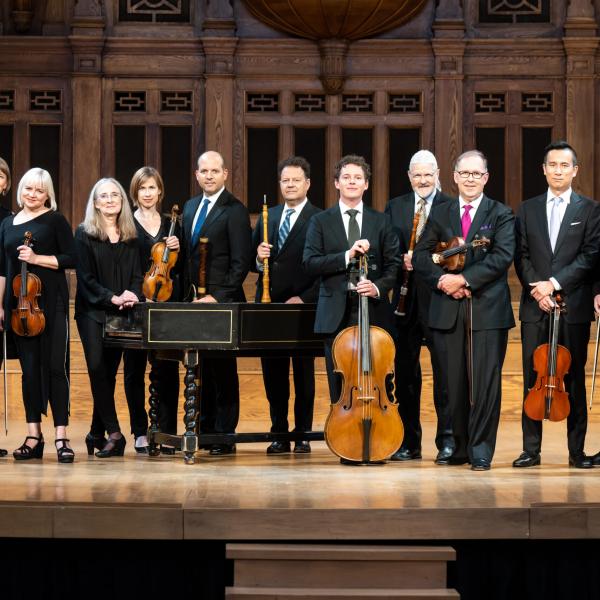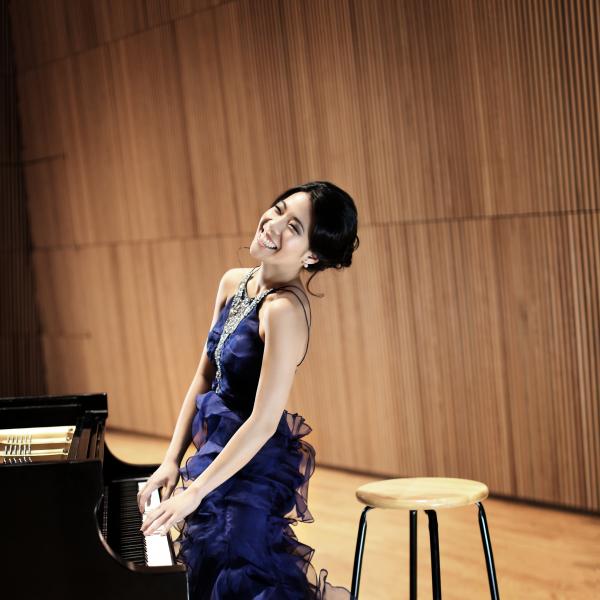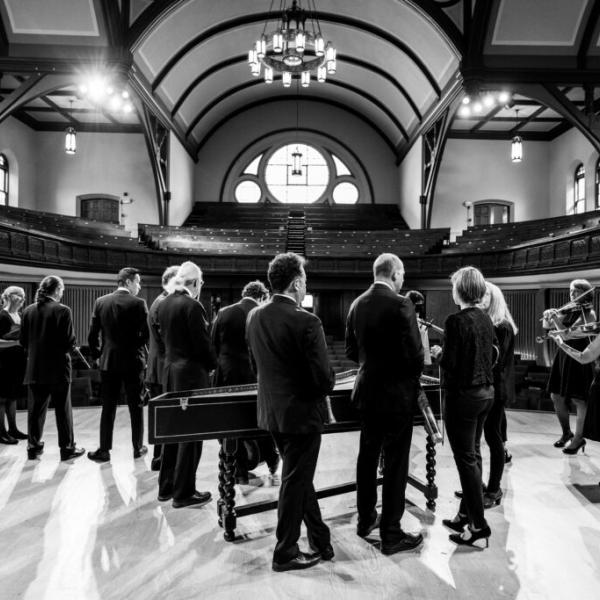Alexander Stefaniak, Assistant Professor, Musicology, will present his paper, "Brilliant, Transcendent Virtuosity in Clara Wieck Schumann’s 1830s Concerts" at the American Musicological Society Annual Meeting (held jointly with the Society for Music Theory), in Milwaukee, WI in early November.
ABSTRACT:
Throughout her career, Clara Wieck Schumann held a reputation as perhaps the quintessential serious virtuoso. Scholars including Nancy Reich, Janina Klassen, and William Weber have stressed that she attained this status by championing canonized repertoire—particularly Beethoven and Bach, and particularly after her 1840 marriage. A different but complementary aspect of Wieck Schumann’s seriousness, though, emerges from her concert programs archived at the Robert-Schumann-Haus and the heretofore unexplored reception of several works she performed.
During the 1830s and early 1840s, Wieck Schumann also established herself as a serious virtuoso by performing—alongside canonized repertoire—popularly styled concertos, variations, and etudes by Chopin, Henselt, and herself. These showpieces employ structural frameworks and figurational styles typical of bestselling, postclassical piano works, such as those by Herz and Czerny. However, as German critics recognized, they also subverted the transparent, brilliant textures and accessible harmonic and formal idiom conventional in postclassical virtuoso music. Chopin’s Variations, Op. 2, presents densely textured passagework and blurs structural boundaries with digressive harmonic and formal schemes. Henselt’s Variations, Op. 1, and concert etudes, Opuses 2 and 3, replace brilliant figuration with lyrical effusions at unconventional junctures. Wieck Schumann’s own “Pirata” Variations and Piano Concerto similarly mingle postclassical convention and with idiosyncratic formal and textural features. Critics claimed that these showpieces and Wieck Schumann’s performances of them embodied qualities of interiority and transcendence and thereby rose above (supposedly) superficial styles of virtuosity.
These sources reveal a largely unexplored facet of the early nineteenth-century project to winnow shallow from serious virtuosity. The most oft-cited way in which virtuosos established their serious credentials was through the interpretation or compositional emulation of canonized masterworks. Wieck Schumann’s 1830s concerts, by contrast, reveal an understanding of serious virtuosity that embraced the conventions of popular pianism. During subsequent decades, she rejected this approach and redefined her virtuosity. Especially after her 1844 Russian tour, she dropped popular warhorses from her programs, often closed concerts with intimate Songs without Words, and redoubled her performances of canonic works and such historicizing showpieces as Mendelssohn’s Variations sérieuses. Nevertheless, her earlier approach had been crucial to her 1830s career and to other virtuosos whose music she championed.



